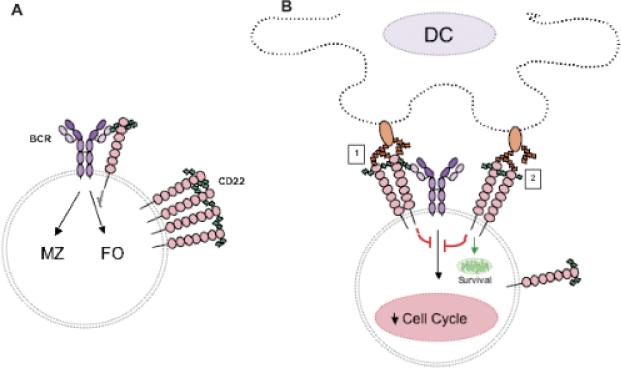Fig. 3. Cis and trans CD22–CD22L interactions send qualitatively different signals to B cells.
(A) Cis CD22–CD22L interactions attenuate BCR signaling so the thresholds required for Ag-induced B-cell activation and for MZ of FO B-cell development are shifted. (B) Trans interactions between B-cell CD22 and DC–CD22L on the DC disrupts complex formation and allows CD22 signaling to promote survival and block B-cell entry into the cell cycle. The nature of DC–CD22L shown in orange is not known.

